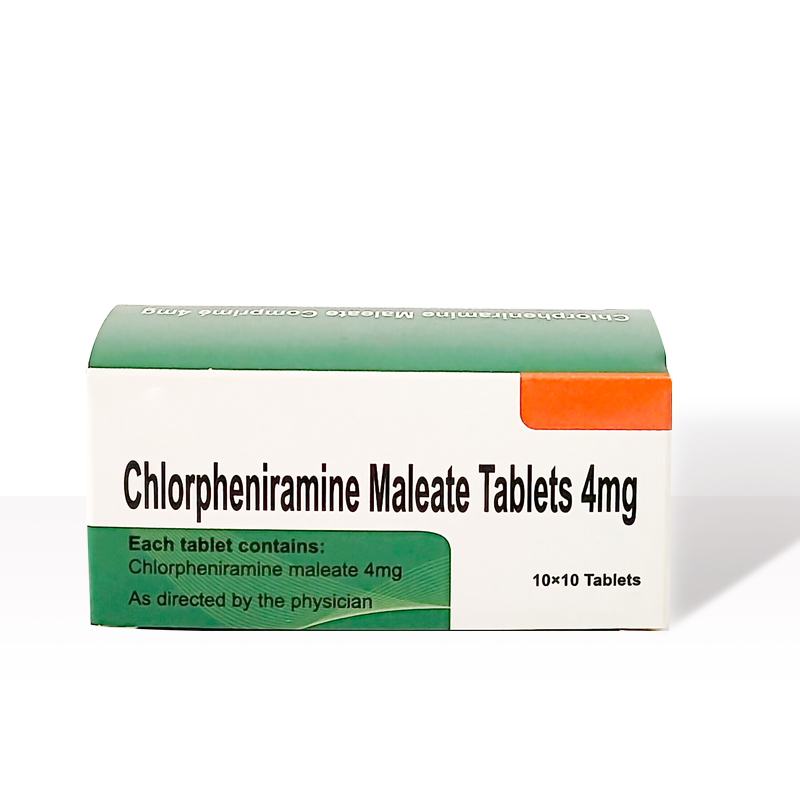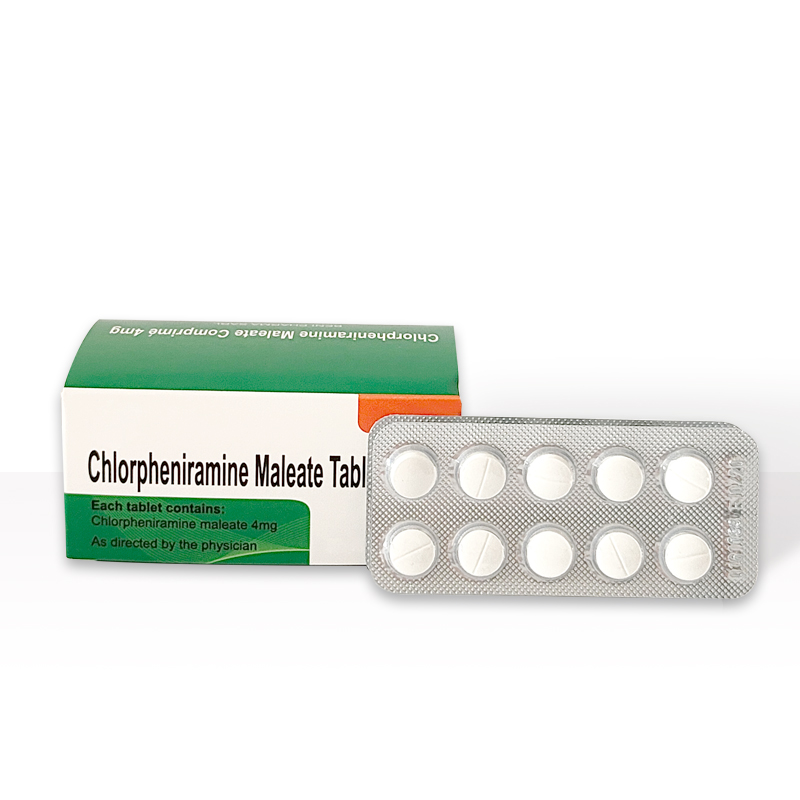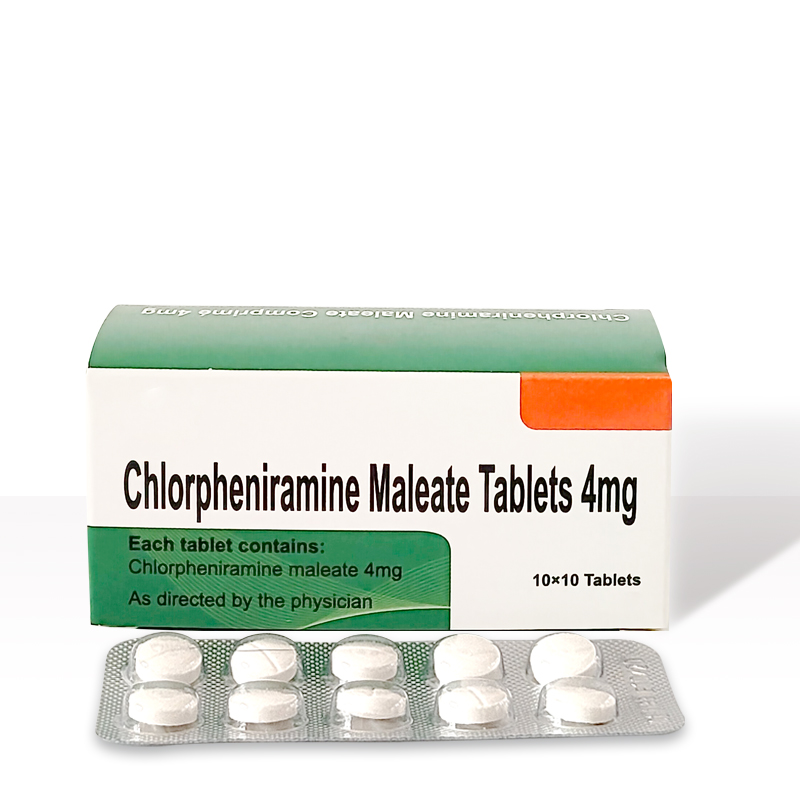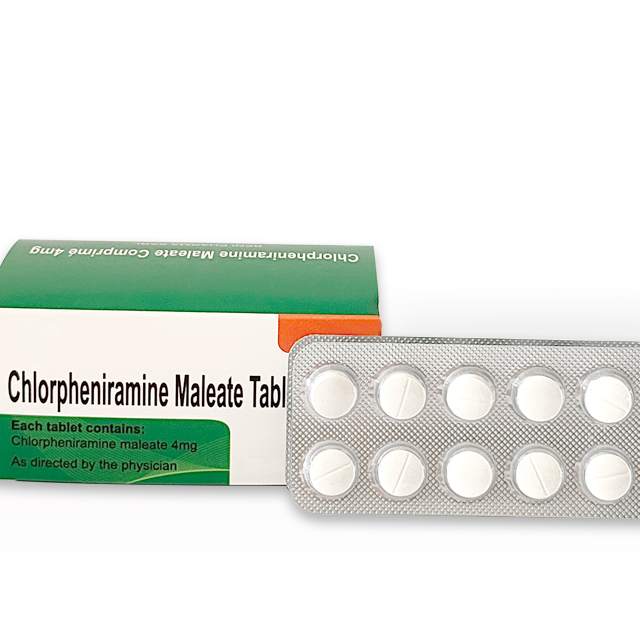


Mechanism of Action
Chloramphenicol is a broad-spectrum antibiotic that primarily functions as a bacteriostatic agent, although it can be bactericidal at high concentrations. It inhibits bacterial protein synthesis by binding to the 50S subunit of the bacterial ribosome, preventing the formation of peptide bonds necessary for protein synthesis. This mechanism is reversible and affects both Gram-positive and Gram-negative bacteria, including anaerobes. Chloramphenicol is particularly effective against organisms such as Salmonella typhi, Haemophilus influenzae, and Rickettsia species.
Applications
Chloramphenicol capsules are used to treat a variety of serious bacterial infections when other antibiotics are not suitable due to resistance or toxicity. Key applications include:
- Bacterial Meningitis: Effective against meningitis caused by Haemophilus influenzae, Neisseria meningitidis, and Streptococcus pneumoniae.
- Typhoid Fever: Used for infections caused by Salmonella typhi and other Salmonella species.
- Rickettsial Infections: Effective against diseases like Rocky Mountain spotted fever and Q fever.
- Anaerobic Infections: Useful in treating infections caused by anaerobic bacteria, such as those involving the central nervous system.
- Superficial Eye Infections: Used topically for conditions like bacterial conjunctivitis.
- Due to its potential for severe side effects, chloramphenicol is typically reserved for cases where other antibiotics are ineffective.
Dosage and Administration
The dosage of chloramphenicol capsules varies based on the type and severity of the infection, as well as the patient's age and weight. General guidelines include:
- Adults:Serious Infections: 50 mg/kg/day, divided into four doses every six hours.Moderately Resistant Organisms: Up to 100 mg/kg/day, divided into four doses every six hours.
- Children:Infants up to 2 weeks of age: 6.25 mg/kg every six hours.Infants over 2 weeks of age: 12.5 mg/kg every six hours or 25 mg/kg every twelve hours.Neonates (under 7 days old): 25 mg/kg/day, divided every 24 hours.Neonates (over 7 days old, under 2000 g): 25 mg/kg/day, divided every 24 hours.Neonates (over 7 days old, over 2000 g): 50 mg/kg/day, divided every 12 hours.
- Administration Instructions:
- Chloramphenicol capsules can be taken with or without food.
- For eye infections, apply the ophthalmic solution or ointment directly to the affected eye.
- If a dose is missed, take it as soon as remembered, but do not double up on doses.
Storage
Chloramphenicol capsules should be stored at room temperature, typically between 15°C and 30°C (59°F to 86°F). Keep the capsules in a dry place, protected from light and moisture. Always store the medication out of reach of children to prevent accidental ingestion.






 2006-2025 上海博華國(guó)際展覽有限公司版權(quán)所有(保留一切權(quán)利)
滬ICP備05034851號(hào)-57
2006-2025 上海博華國(guó)際展覽有限公司版權(quán)所有(保留一切權(quán)利)
滬ICP備05034851號(hào)-57